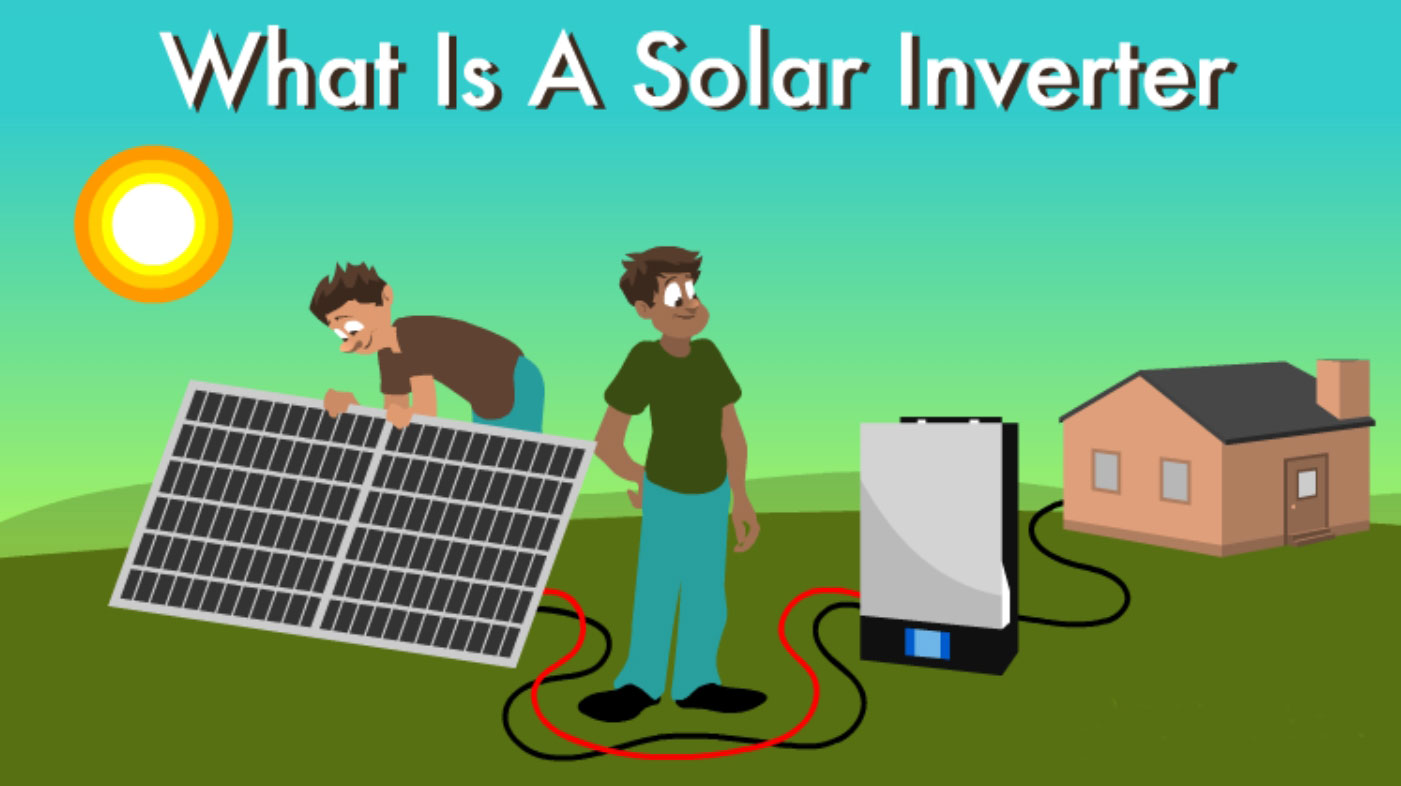The evolution of solar inverter technology has been a pivotal aspect of the broader advancement of solar energy systems. Here’s an overview of its progression through the past, present, and potential future developments:

Past:
- Early Inverters: In the early days of solar energy, solar inverters were basic and primarily focused on converting DC (direct current) electricity generated by solar panels into AC (alternating current) electricity for use in homes or the grid.
- String Inverters: The first major development was the introduction of string inverters. solar inverters were capable of handling multiple solar panels connected in series, improving efficiency and reducing costs compared to individual panel inverters.
- Transformer-Based Inverters: Initially, solar inverters used bulky transformers to convert DC to AC. solar inverters were reliable but less efficient due to energy losses in the transformer.
- Microinverters: Another significant advancement was the introduction of microinverters. Unlike string solar inverters, microinverters are attached to individual solar panels, optimizing energy production by minimizing losses due to shading or panel mismatch.
Present:
- High-Frequency Switching: Modern solar inverters use high-frequency switching technology, such as pulse-width modulation (PWM) or other advanced techniques, to convert DC to AC more efficiently, reducing energy losses and improving overall system performance.
- Maximum Power Point Tracking (MPPT): Advanced MPPT algorithms optimize power output by continuously adjusting the operating point of the solar panels to track the maximum power they can produce under varying conditions like shading, temperature, and panel degradation.
- Grid Integration: Solar inverters now come with grid-tie capabilities, allowing seamless integration of solar energy systems with the electrical grid. Grid-tie inverters can synchronize with the grid’s frequency and voltage, enabling excess solar power to be exported or imported as needed.
- Hybrid and Battery Integration: With the rise of energy storage systems, modern solar inverters often include hybrid functionalities to integrate solar panels with batteries. Solar inverters manage both grid interaction and battery charging/discharging, enabling greater energy independence and resilience.
Future:
- Increased Efficiency: Future solar inverters are likely to focus on further improving efficiency through advancements in semiconductor technology, cooling systems, and optimization algorithms, thereby maximizing energy yield and reducing overall system costs.
- Smart Grid Integration: Solar inverters may evolve to become more intelligent and interconnected with smart grid systems, enabling bi-directional communication for dynamic grid management, demand response, and grid stability enhancement.
- Modularity and Scalability: Future solar inverters could feature modular designs that allow for easy scalability and integration with other renewable energy sources like wind or hydro, facilitating the development of more comprehensive renewable energy systems.
- Advanced Monitoring and Diagnostics: Solar inverters may incorporate more sophisticated monitoring and diagnostics capabilities, including predictive maintenance algorithms and remote troubleshooting, to ensure optimal performance and reliability over the system’s lifespan.
- Emerging Technologies: As the renewable energy landscape evolves, new technologies such as solid-state solar inverters, gallium nitride (GaN) transistors, or even quantum-based devices may disrupt traditional solar inverter designs, offering novel approaches to solar energy conversion with improved efficiency and reliability.
The evolution of solar inverter technology has seen significant advancements in efficiency, grid integration, and functionality, with future developments likely to focus on further improving performance, intelligence, and adaptability to meet the growing demands of a renewable energy-driven future.
